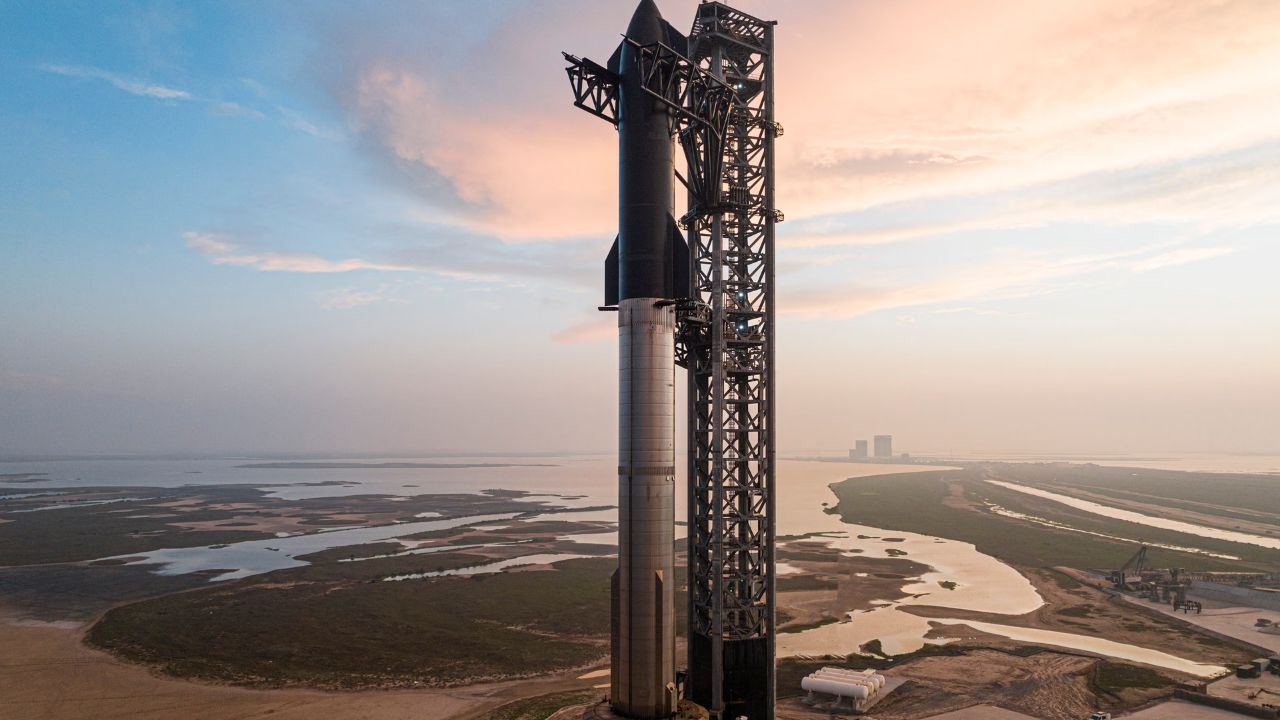In a significant development for space exploration, SpaceX has received the green light from the Federal Aviation Administration (FAA) to proceed with its second launch attempt of the Starship rocket. This approval comes after a comprehensive review following the rocket’s explosive maiden flight in April.
Key Highlights:
- FAA’s Green Signal: SpaceX’s Starship secures FAA approval for its second test flight.
- Launch Schedule: Targeted for Friday, November 17, with a two-hour window starting at 8 a.m. ET.
- Environmental Review: Post-April explosion, FAA and U.S. Fish and Wildlife Service confirm no long-term ecological damage.
- SpaceX’s Commitment: Measures to mitigate environmental impact include reducing sound waves, aiding fire suppression, and protecting the launch pad.
- Starship’s Role: Critical to NASA’s lunar missions and SpaceX’s space ambitions.
- Technological Challenges: SpaceX faces hurdles in ensuring safe payload delivery and refueling in orbit.
A New Dawn in Space Exploration
SpaceX’s Starship, poised to be the most powerful rocket ever built, represents a cornerstone in the company’s ambitious space exploration goals. Its success is crucial not only for SpaceX’s commercial interests but also for NASA’s plans to return astronauts to the moon, potentially impacting the timeline for a 2025 lunar landing.
Also Read: Amazon Games Shifts Focus: Job Cuts and New Strategy in Play
The Journey to Approval
The road to this second launch has been fraught with challenges. The initial test in April ended dramatically, with the rocket exploding mid-air and causing significant damage. This incident prompted an in-depth safety review by the FAA in coordination with the U.S. Fish and Wildlife Service. The review concluded that the launch and subsequent damage had no lasting environmental impact, a relief for SpaceX and its environmental critics.
SpaceX’s Environmental Responsibility
In response to environmental concerns, SpaceX has committed to several measures to minimize the impact of its launches. These include reducing sound and vibration levels, enhancing fire suppression systems, and fortifying the launch pad against damage. This proactive approach reflects a growing awareness of the environmental footprint of space missions.
Technological and Regulatory Hurdles
Despite the FAA’s approval, SpaceX faces significant technological challenges. The company must demonstrate that Starship can safely deliver payloads to orbit and achieve refueling in space – critical steps for its long-term goals, including Mars colonization.
Regulatory scrutiny has also been a hurdle. William Gerstenmaier, SpaceX’s vice president for build and reliability, expressed frustration at a recent Senate hearing over regulatory delays. However, the FAA’s thorough safety investigation, resulting in 63 corrective actions for SpaceX, underscores the importance of regulatory oversight in space ventures.
The Stakes of Success
The upcoming Starship test is more than a technological feat; it’s a pivotal moment in the new space race. With nations like China also vying for lunar exploration, the pressure is on. A successful test could solidify SpaceX’s position as a leader in space technology, while failure could have far-reaching implications for NASA’s lunar ambitions and the broader space exploration landscape.
A Milestone Moment
As SpaceX gears up for this landmark launch, the world watches with bated breath. The success of Starship could herald a new era in space exploration, demonstrating the feasibility of ambitious space missions and the importance of balancing technological advancement with environmental stewardship.
















